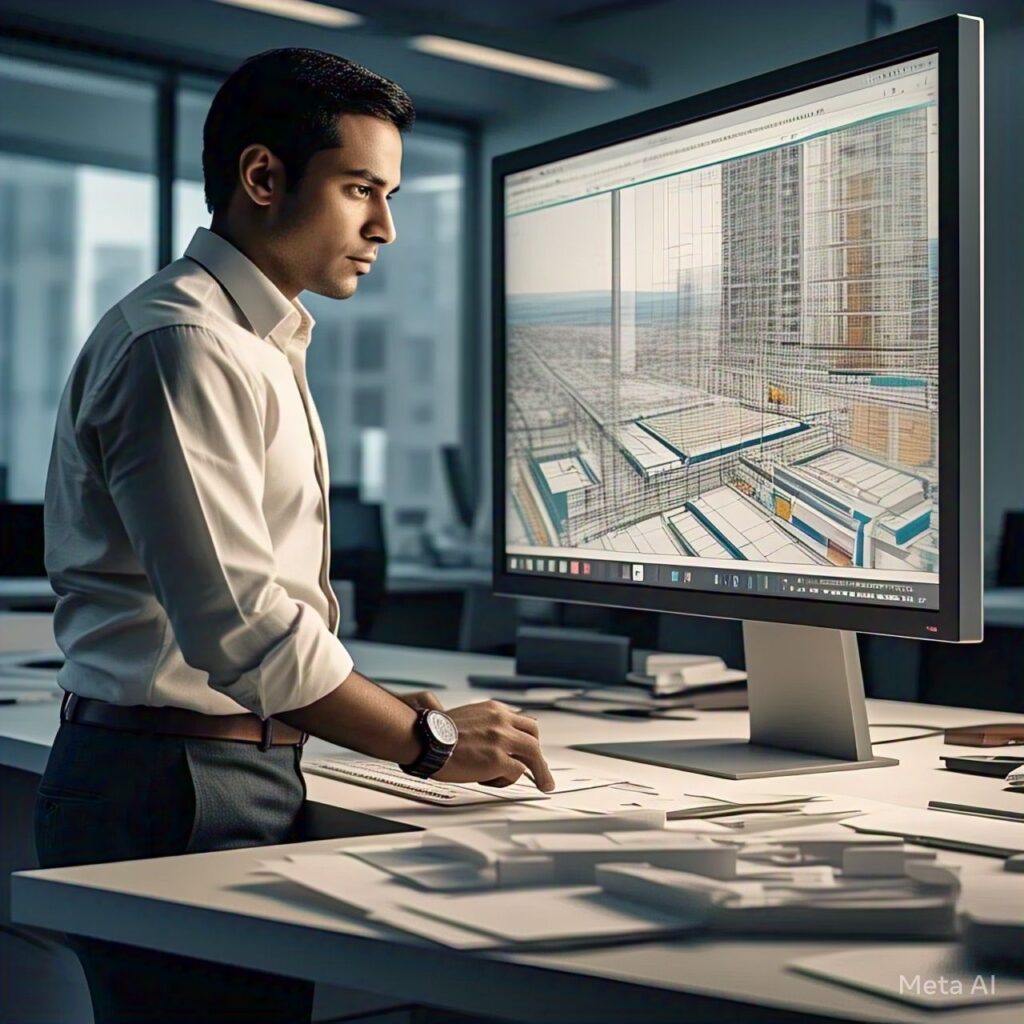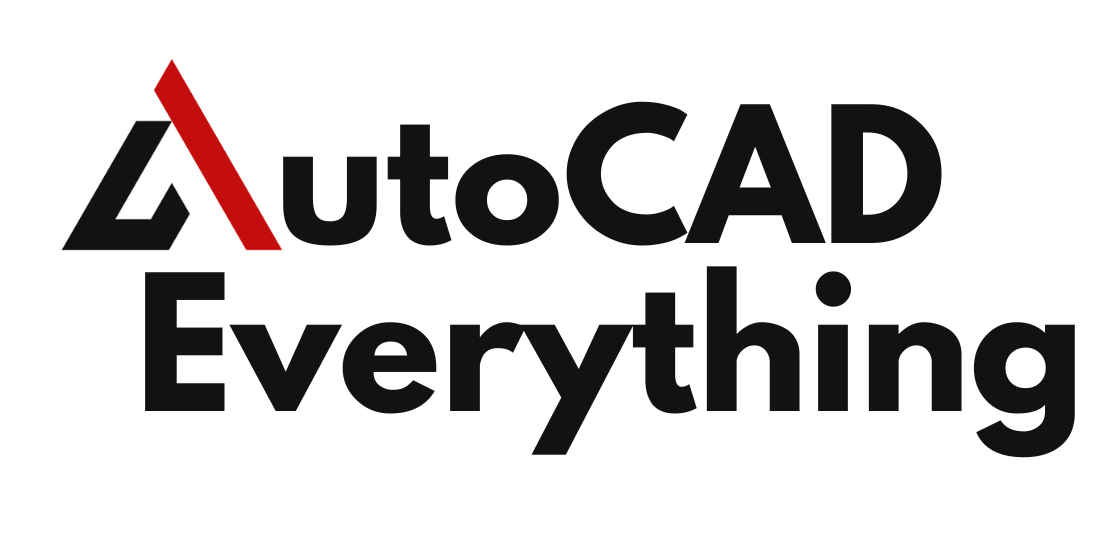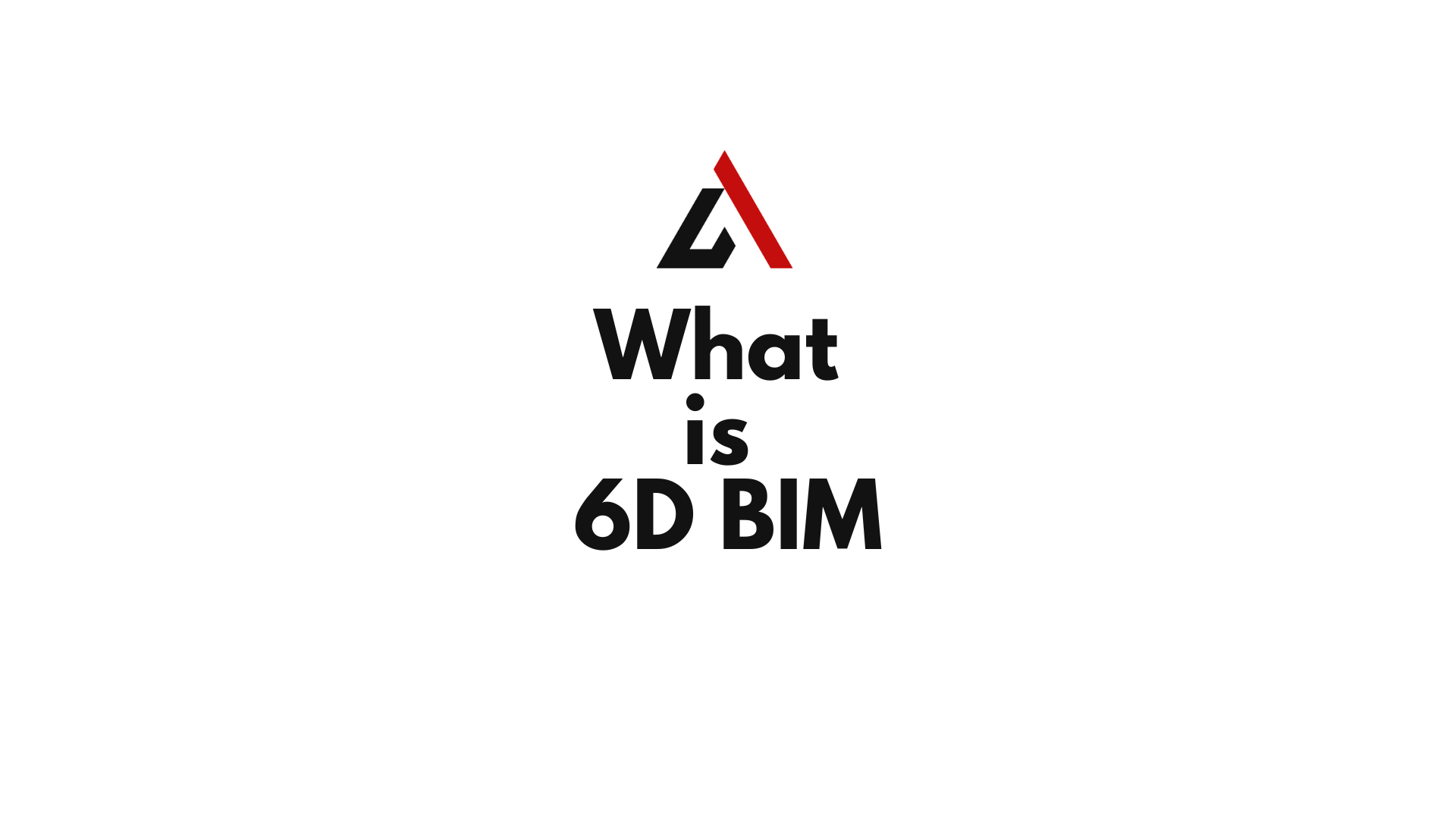In an age where sustainability and energy efficiency dominate construction agendas, a digital transformation is taking root that promises smarter, greener buildings. That innovation is 6D BIM, the sixth dimension of Building Information Modeling. But what is 6D BIM really? And how does it revolutionize energy modeling and green building design?
In this article, we explore the heart of 6D BIM, demystifying how it not only models a building’s shape and structure but breathes life into sustainable, cost-effective architecture.
Table of Contents
6D BIM for Energy Modeling and Sustainability
At its core, 6D BIM represents the seamless fusion of energy data with architectural design. Unlike its predecessors (3D, 4D, 5D), 6D adds sustainability metrics—think energy usage, carbon footprint, and lifecycle environmental impact.

This dimension doesn’t just help you visualize a building; it enables you to simulate, test, and optimize its energy behavior before a single brick is laid. For architects, engineers, and green consultants, this is nothing short of revolutionary.
Understanding BIM and Its Dimensions
BIM, or Building Information Modeling, began as a digital way to represent physical spaces. Initially focused on geometry (3D), time scheduling (4D), and cost estimation (5D), it has now grown into a multidimensional powerhouse.
Each added dimension enhances project insights:
- 3D: Shape and structure
- 4D: Time (construction scheduling)
- 5D: Cost estimation
- 6D: Sustainability and energy performance
- 7D: Facility and asset management
What is 6D BIM?
6D BIM, sometimes referred to as the “green dimension”, links energy performance data to the building model. It empowers design teams to predict and analyze energy consumption, reduce environmental impact, and ensure buildings meet green certifications.
Simply put, 6D BIM is the brains behind energy-efficient buildings.
Why Energy Modeling Matters
Buildings consume over 30% of global energy and produce nearly 40% of CO₂ emissions. Energy modeling allows designers to simulate heating, cooling, ventilation, lighting, and more—long before construction begins.
Traditional models often lack integration. That’s where 6D BIM comes in, providing real-time, data-rich insights to drive decisions that cut costs and carbon.
Integration of 6D BIM in Energy Modeling
Energy modeling within BIM tools means no more silos between engineers, architects, and sustainability experts. With 6D, all parties access the same dynamic model. HVAC load analysis, daylighting studies, and envelope simulations are embedded directly into the workflow.
This data-driven collaboration speeds up design iterations, ensures code compliance, and maximizes energy performance.
6D BIM in Green Building Certifications
Certifications like LEED, BREEAM, and WELL demand energy analysis and documentation. 6D BIM simplifies this by automatically calculating:
- Energy use intensity (EUI)
- Thermal performance
- Daylight factor
- Carbon emissions
- Renewable energy potential
You can export documentation directly from BIM tools, saving time and minimizing errors.
Key Components of 6D BIM
To function effectively, 6D BIM integrates several energy and sustainability aspects:
- Building envelope performance
- Thermal zoning
- Solar exposure and shading
- Mechanical system efficiency
- Material carbon footprint
- Energy use profiles
- Occupant behavior modeling
Tools and Software for 6D BIM
Several platforms are leading the 6D BIM revolution:
- Autodesk Revit + Insight
- IESVE (Integrated Environmental Solutions)
- Navisworks with Green Building Studio
- DesignBuilder
- EnergyPlus and OpenStudio
These tools allow architects to simulate building performance and refine energy models on the go.
Data-Driven Design with 6D BIM
Want to compare two window systems? Simulate insulation performance? 6D BIM enables this at early design stages. You can even model how sunlight hits a building in winter vs summer, helping optimize passive heating and cooling.
This kind of data-centric decision-making transforms architecture from guesswork to precision science.
Cost Analysis and Energy Consumption
Another genius feature of 6D BIM? It merges cost and energy data. Designers can evaluate:
- Cost vs efficiency trade-offs
- ROI of solar panels
- Payback periods for high-performance systems
- Lifecycle cost comparisons
This helps developers make eco-friendly choices without breaking the bank.
Lifecycle Management Through 6D BIM
A building’s energy journey doesn’t end at handover. 6D BIM supports ongoing performance tracking, feeding real-world data back into the model for fine-tuning.
Smart buildings use IoT sensors to monitor:
- Energy consumption
- System performance
- Air quality
- Occupancy levels
These insights inform maintenance and retrofits for decades.
Renewable Energy Integration in 6D BIM
One of the most exciting 6D features is the integration of renewables:
- Solar PV and thermal
- Wind turbines
- Geothermal systems
- Rainwater harvesting
Designers can simulate renewable contribution to overall energy needs—essential for net-zero buildings.
Smart Building Integration with IoT
Imagine your BIM model talking to real-world sensors. That’s possible through IoT integration. With real-time data on temperature, CO₂, humidity, or occupancy, building systems can auto-adjust, saving energy without user input.
Sustainable Retrofits Using 6D BIM
Old buildings? No problem. 6D BIM supports as-built modeling and energy analysis for retrofits. You can simulate various insulation upgrades, window replacements, or solar installs to see which delivers the best ROI.
Challenges in 6D BIM Implementation
Despite its perks, 6D BIM faces hurdles:
- Data complexity
- Interoperability issues between software
- Lack of skilled professionals
- Upfront investment costs
Still, the long-term savings and environmental benefits far outweigh these.
Benefits Beyond Energy Efficiency
While 6D BIM boosts energy performance, it also improves:
- Indoor air quality
- Daylighting and comfort
- Acoustic performance
- Occupant productivity
- Maintenance efficiency
Green Building Design Principles in BIM
From passive solar design to natural ventilation, every sustainable principle can be modeled in BIM. Architects use these simulations to create designs that harmonize with nature.
6D BIM vs Traditional Energy Modeling
Traditional tools like eQuest or HAP lack the dynamic feedback and integration of 6D BIM. BIM gives real-time results and better collaboration—ideal for modern, fast-paced projects.
Training and Skill Development
For 6D BIM to truly take hold, professionals must upskill. Universities and online platforms now offer certifications in BIM for sustainability, ensuring the industry stays ahead.
Stakeholder Collaboration with 6D BIM
From clients to consultants, 6D BIM fosters transparency and accountability. Everyone sees the same performance data, reducing conflict and enabling goal alignment.
Conclusion and Final Thoughts
6D BIM is more than just a digital model—it’s a green transformation engine. By integrating energy data, lifecycle thinking, and collaborative tools, it helps us build not just better buildings, but a better future.
The shift to 6D BIM is inevitable. And as climate challenges grow, it’s also essential.
FAQs
What is the main difference between 3D and 6D BIM?
3D BIM shows geometry; 6D BIM adds energy and sustainability data, enabling simulations and lifecycle analysis.
Can 6D BIM help reduce construction costs?
Yes, it identifies efficient systems and materials, reducing both construction and operational costs over time.
Does 6D BIM support renewable energy modeling?
Absolutely. Solar, wind, and geothermal systems can be integrated and analyzed in the BIM model.
Is 6D BIM required for LEED certification?
Not required, but it significantly simplifies the certification process by providing accurate data.
How accurate are energy models in 6D BIM?
With proper inputs, they are highly reliable and can be calibrated with real-world data post-occupancy.
Is 6D BIM suitable for small projects?
Yes, even homes or small offices can benefit from energy modeling and green design integration.

